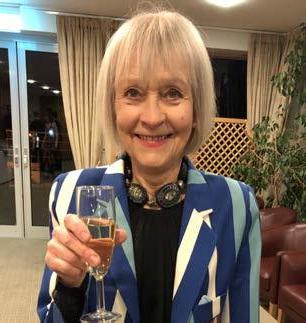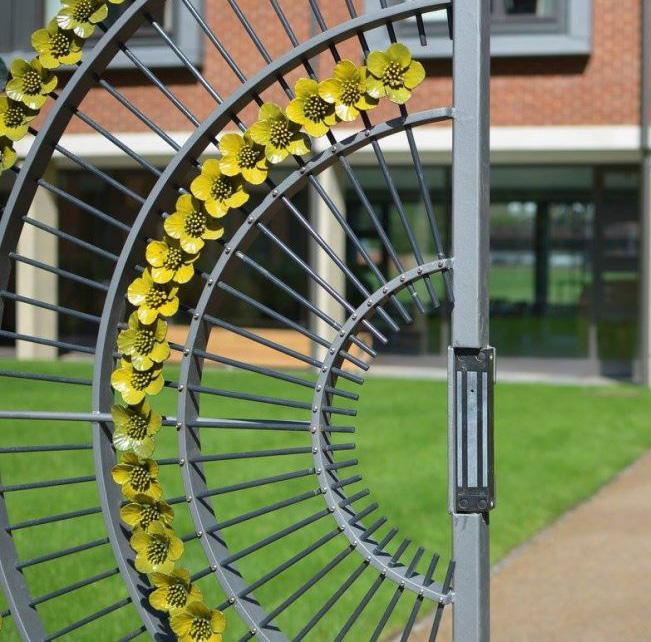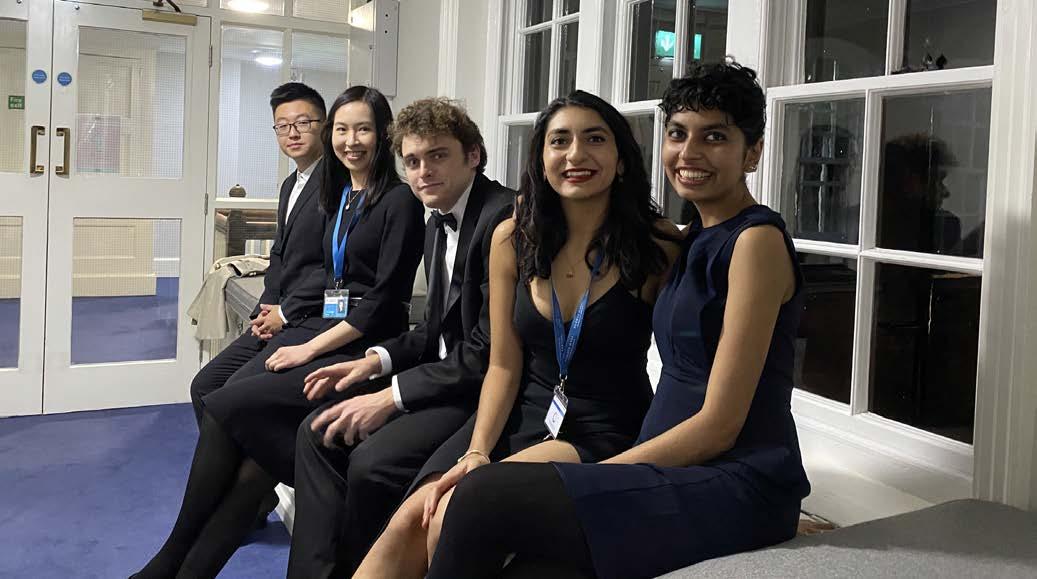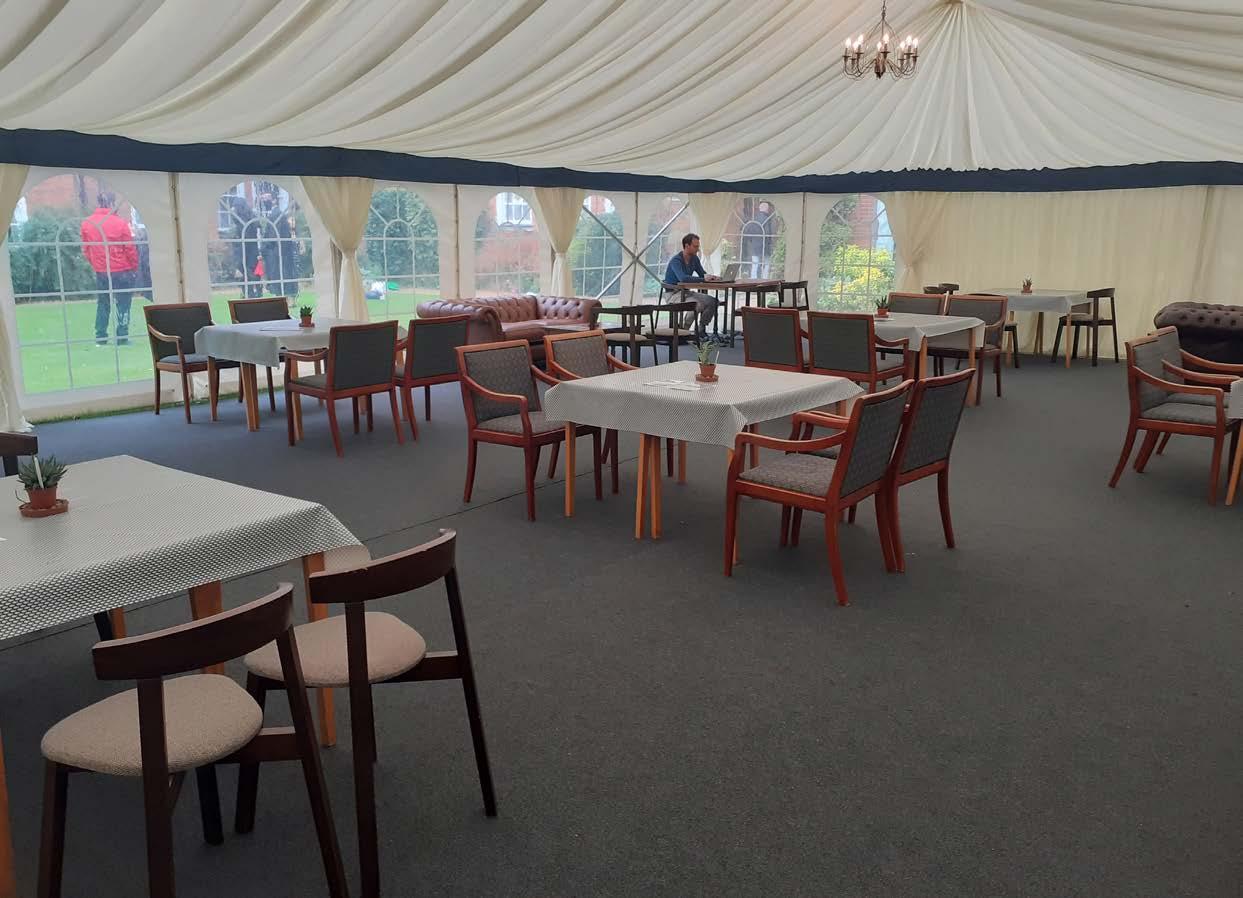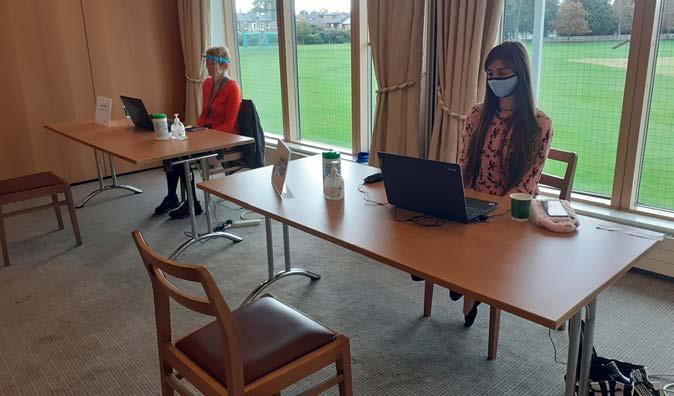
4 minute read
Chaff seemed inevitable
In the second of her series of articles based on the fascinating material in the archives of Hughes Hall, Dr Jean Lambert writes about Miss Hughes, the Founding Principal, and the college’s first ceremonial occasion – which failed to go according to plan.
Advertisement
19 October 1895 was the eve of the official opening of the new college building, now known as the Margaret Wileman Building. Staff and special guests gathered in the lecture room and library for the presentation of a portrait of Miss Hughes. Dr Sophie Bryant performed the unveiling. As co-author, with Miss Frances Buss, of the initiative to found an institution in Cambridge to train women graduates for the teaching profession and a former lecturer of the college, Dr Bryant was an appropriate choice.
The portrait was a gift to the college from past and present students. It commemorated their Principal’s personal support to her trainees and her ‘devoted and untiring efforts on behalf of education and the training of teachers’.
Ten years earlier, Elizabeth Hughes had just completed her degree at Newnham College, Cambridge. At the age of 34 she was chosen to undertake the responsibility for establishing, maintaining and developing the Cambridge Training College (CTC) for Women Teachers, which eventually became Hughes Hall.
The CTC was initially housed in Crofton Cottages, in Newnham Croft, Cambridge. By 1895, a decade of ‘struggles and much hard work’ had Elizabeth Phillips Hughes (1851–1925), Founding Principal of CTC from 1885 to 1899. She had a first class honours in Moral Sciences at Cambridge (1884), the only one awarded that year, and an Hon LID University of Wales (1920). Hughes Hall was renamed in her honour in 1949. The portrait now hangs in the Pfeiffer Room, alongside those of other former presidents.
culminated in a ‘permanent home’ for the college.
Securing the Wollaston site to build a new college was not only a great achievement but also marked the beginning of a new phase, one offering opportunities for long-term expansion. After 1895, this meant raising sufficient funding for an additional wing in the new building to house a further 50 students, while at the same time covering a substantial financial deficit.
In a most amusing way
Years later, Miss Hughes reflected on ‘the many and great difficulties that tried even my optimism’. Little wonder that in the commemorative portrait and in other surviving images of her, Miss Hughes’s demeanour is rather stern, forbidding perhaps – 19thcentury conventions for photographic portraits notwithstanding. Certainly, she has a commanding presence. Yet student testimonials confirm her warmth, friendliness and pastoral concern for their wellbeing. And it should not be assumed that she lacked a sense of humour, playfulness even.
The visual record represents only part of the picture; her own perspective on things quite another. A striking example of this is her account of the ‘function’ to celebrate the opening of the new building. Miss Hughes writes that ‘we’ have always been ‘somewhat natural and unconventional’ and that ‘our first appearance in public was characteristically so’.
I leave her to relate how ‘the small amount of ceremonial that we had intended fell through in a most amusing way’.
The marquis and the marquee
We had intended that the Council etc., should receive the Marquis of Ripon in an impressive manner in the entrance-hall, and that a stately procession should be formed of governing body and students, which would sweep through the marquee and onto the platform!
That was what we intended. The reality was very different.
So many people were crowding into the marquee that Lord Ripon was detained in his carriage for a short time, while Crofton Cottages with the commemorative blue plaque celebrating Hughes Hall’s 125th anniversary
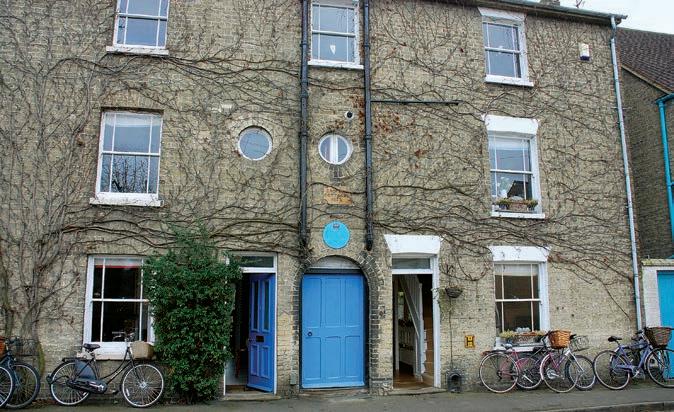
a despairing but amused Principal struggled to clear the hall, aided and abetted by several energetic members of the Council. With infinite difficulty, the speakers were taken into the sittingroom, and then despairing reports reached us that the marquee was quite full, and a dense mob filled the entrance.
Fortunately, Lord Ripon had spent the morning with us, and was not quite a stranger, so laughingly I asked permission to guide him through the back part of the premises, out of the side entrance, across the lawn, and then governing body and speakers had to get down, as best they could, the grassy steep slope, and enter the tent by a hole in the back! We had intended giving the speakers plenty of extra cream and hot cakes in the Library at the end of the meeting. Alas! When we reached it, we found it swept and garnished by the hungry horde which passed through it.
The Principal had made many virtuous resolutions that she for once would try to be dignified, but somehow the funny side of things was so unusually funny that chaff seemed inevitable, and she caught herself more than once running Miss Hughes’s vision of ‘sowing for a distant harvest’ had started to bear fruit, but she was wise enough to accept that a harvest cannot be gathered in without some degree of chaff.
Jean Lambert
Dr Jean Lambert is the Honorary Archivist and a Life Fellow and Tutor at Hughes Hall. She has research interests in early modern English Literature and its intersection with a range of 16th and 17th century discourse, including politics and educational over the grass.
philosophy and practice. Her latest book is Teachers in Early Modern English Drama: Pedagogy and authority. She is currently researching the religion and culture of the Diocese of Ely in the 17th century.
